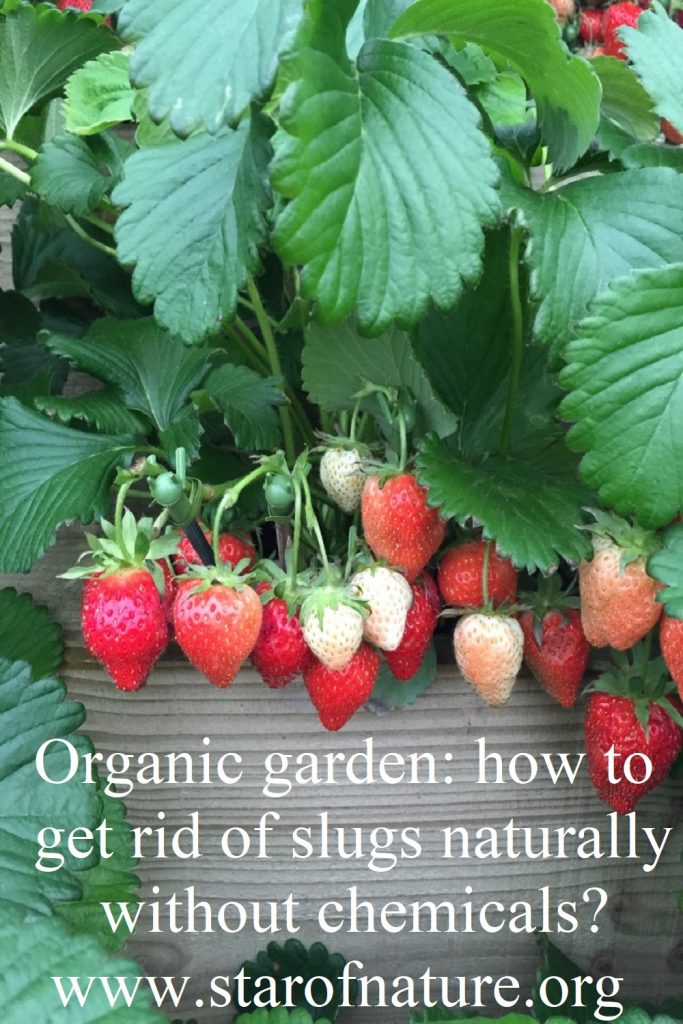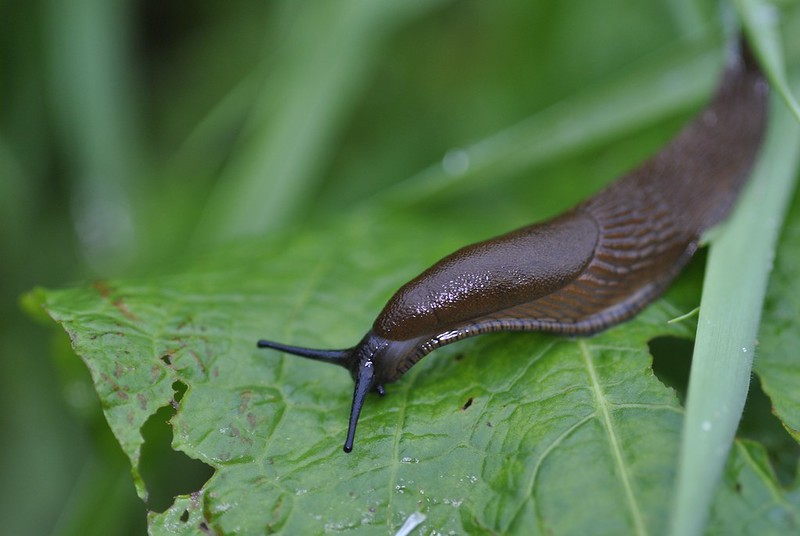Organic garden: how to get rid of slugs without chemicals?
How to get rid of slugs naturally, without chemicals? Why do I have them in my garden? Is it possible to get rid of slugs permanently? These are some of the questions gardeners most commonly ask.
Slugs and snails are highly destructive pests. They are active at night when we don’t see them. They have some natural predators: they are eaten by hedgehogs, moles, frogs, birds, such as crows, and predatory insects, such as ground beetles, some spiders, and larvae of some flies and beetles. But in a small garden it is difficult to have enough predators to make a difference.
As a result, in the course of two or three nights slugs can completely destroy newly planted vegetables and flowers. Unlike some other pests, they stay active throughout the summer. Some of the worst damage happens in August and early September when slugs, hatched from eggs in spring, reach maturity and start to reproduce. So what can one do to stop their attacks?
Is it possible to get rid of slugs permanently?
Unfortunately, it is impossible to get rid of slugs permanently. They are naturally present wherever plants grow – in gardens, parks, woods and fields. They have a role in the ecosystem and do good by processing decaying plant matter and thus making nutrients available to plants.
Even if you manage to kill all slugs in your garden, they will soon reappear, because they will come from the neighbouring land. So any result will be very short lived, whereas its cost is likely to be very high.
It is only possible to get rid of slugs completely by applying strong chemicals that will inevitably poison other creatures as well. Poisoned slugs will be eaten by their predators and will kill them too, and long term this means more slugs. Chemicals are, of course, also dangerous to pets and to humans, particularly if they get into the water or are used on plants grown for food. Sacrificing one’s health and damaging the environment is a very high price to pay.
Poisons, however, are not the only solution. There are ways to get rid of slugs naturally. Here are some suggestions.
Read more about the problems of chemical pest control: Growing Your Own Food: Why Organic is better?
How to get rid of slugs in the garden naturally, without chemicals?
1. Use plants that slugs do not eat
Grow plants that slugs do not eat. Such plants are much more common than people assume and include some of the most celebrated garden favourites. For example, plants that are invulnerable to slugs are rose, lavender, fuchsia, begonia, pinks, carnations and sweet Williams, penstemon, heuchera, peony, foxgloves and decorative grasses.
A more comprehensive list of perennial and annual plants invulnerable to slugs is in my earlier post ‘Slugs in the garden: a list of plants they will not eat’. Some combination of these plants will produce a gorgeous flower display. Growing them may not allow a gardener to get rid of slugs permanently, but it lets one simply to forget about them.
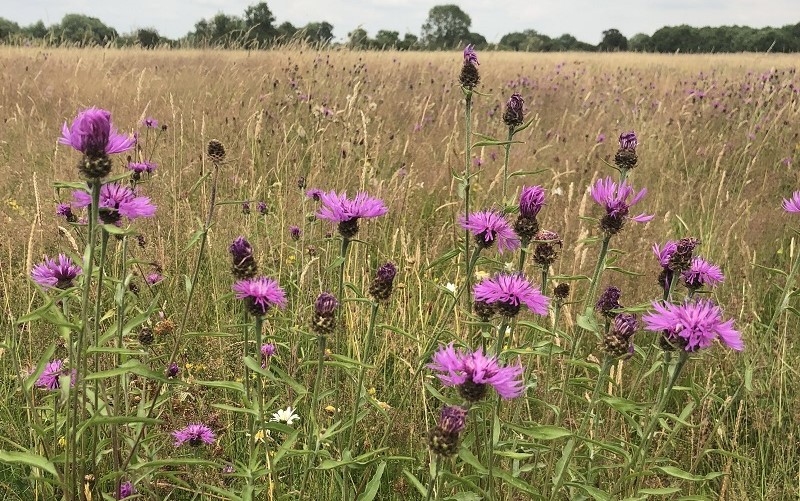
2. Grow wildflowers
Grow wildflowers, or a mixture of wildflowers and garden flowers that slugs don’t eat. Native plants are immune to slugs that tend to eat only their naturally decaying leaves.
Wildflowers are not difficult to grow. Annuals, such as cornflowers, corn marigolds and poppies, are very easy to grow from seed. They germinate well, grow fast and are hardy, and so can be sown very early in spring to produce a display already in early summer.
Perennials, such as knapweed, lily-of-the-valley, buttercups, ox-eye daisies and ragged robin will flower year after year, if given the right position in the garden.
In addition, wildflowers are resistant not only to slugs, but to other pests and diseases. They can tolerate adverse weather typical of your area, whether it is dryness, cold, wind or something else. They can cope with poor soil and outcompete grasses and weeds. Essentially, they don’t need time-consuming and expensive care that many garden plants require.
It is also a mistake to think that wildflowers are consistently less attractive than garden plants. There are species that are very showy, either on their own or when planted en mass. Looking through a catalogue of a wildflower nursery, one is very likely to find something that suits one’s style.
Wildflowers also attract bees, butterflies and birds that can be a lovely addition to a garden.
Read more about growing wildflowers in the garden and a possible choice of plants:
How to Grow Wild Flowers in the Garden
Best Wild Flowers to Grow in the Garden
Best Wild Flowers for Bees and Butterflies
Medicinal Wild Flowers for your Garden
What are the Best Nectar-Producing Flowers for Bees?
3. Grow perennials
Grow more perennials and fewer annuals. Plants are most vulnerable to slugs and other pests when they are young or stressed as a result of transplanting. This is the time when they need protection most.
But the same plant is often ignored by slugs when it starts growing, and becomes tougher and stronger. Established perennials have much fewer problems than bedding plants.
4. Grow annuals from seed
Growing annuals from seed could be a useful strategy. It is common that the same plant, in the same place, gets no damage from slugs at all when grown from seed. But when it is bought at a garden centre as a young plant it gets completely destroyed. This is in spite of the fact that young plants are bigger and supposed to be tougher than tiny seedlings.
In fact the opposite is true. Replanting must be extremely stressful for plants. And this is particularly true when they are grown in perfect conditions in a hot house and are then moved outside to experience all the adversities of life in the real world.
Growing from seed could be an excellent solution for annuals that germinate easily and grow fast, such as sweet peas, calendula, sunflowers, cornflowers, poppies, corn marigolds, beans and peas, cucumbers, pumpkins and courgettes, and many other flowers and vegetables. It is worth trying this method with all annuals you like to grow.
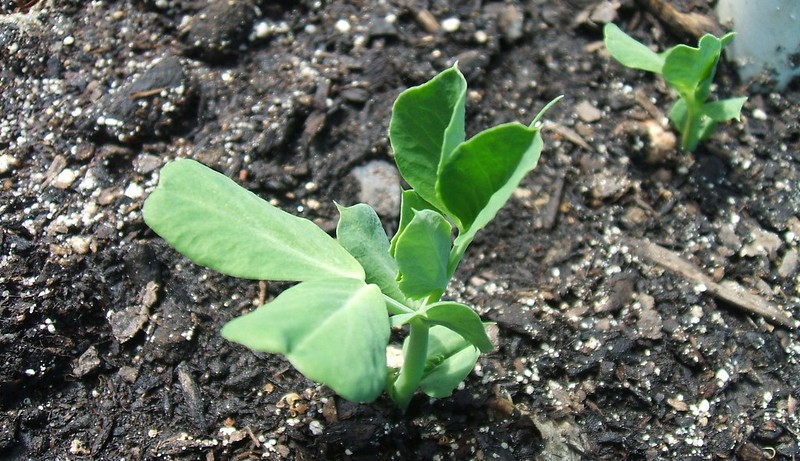
5. Make sure your plants are healthy
Look after your plants well, particularly after young seedlings once they have been planted out in the garden. Slugs, and other pests, always take advantage of weak plants and ignore the strong ones.
And plants become weak when the suffer from dryness or poor soil, or a place in the garden that does not suit their needs. For example, a sun lover, planted in shade, will be weak and an easy victim to pests.
6. Take advantage of seasonal change
If possible, make the most of seasonal change in your area. Slugs are active when it is warm and wet. They feed at night and an ideal situation for them is 17-19C after it has rained.
Spring bulbs, including tulips, hyacinths and daffodils, are rarely damaged when they grow and flower, because during this time, when it is still cold and even frosty at night, slugs still hibernate. Later in spring slugs may eat some of their decaying foliage, but usually this is too late to do any real damage.
Hardy plants, if planted early, can grow strong and past their most vulnerable period by the time the weather warms up. In this way they manage to avoid any damage from slugs. I always plant as early as possible pansies, bellis, parsley, peas, sweet peas and some other plants. Of course, this requires some knowledge of the weather patterns in your area.
Also consider very seriously planting in autumn. If your climate allows, this could be great not only for perennials, but also for hardy annuals. By far the strongest and earliest flowering annuals in my garden are consistently those sown the previous autumn, often by self-seeding. This is worth trying with any annuals labelled as ‘hardy’ on the seed packet.
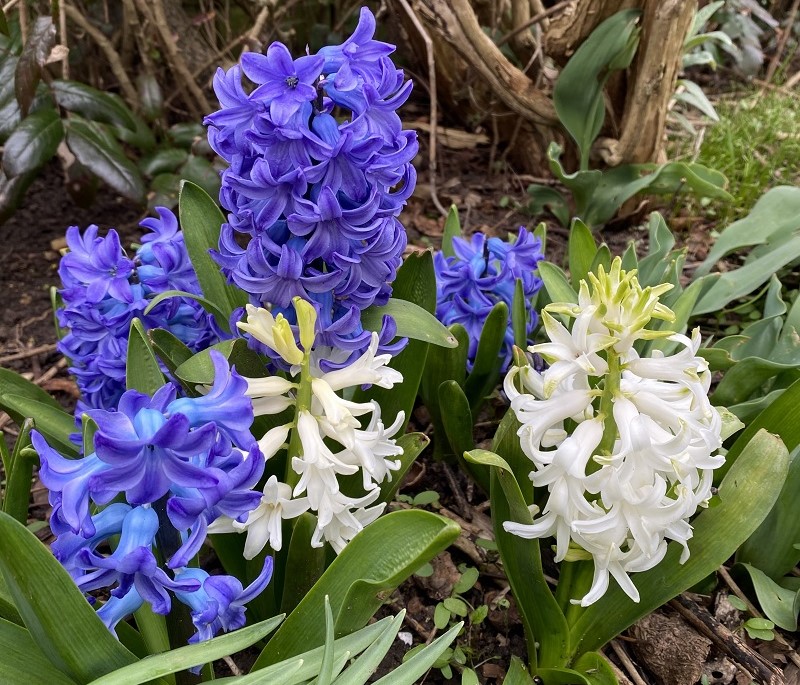
7. Grow plants in pots
Grow plants that are vulnerable to slugs, such as petunia, nicotiana or marigolds, in pots and put them where slugs cannot get them. I love petunia and don’t want to be without it. So I usually grow it in pots that I put on the garden table. As a result, petunias are never damaged and become a perfect table centerpiece.
Thin metal stands for pots, that slugs are unlikely to climb, also work well.
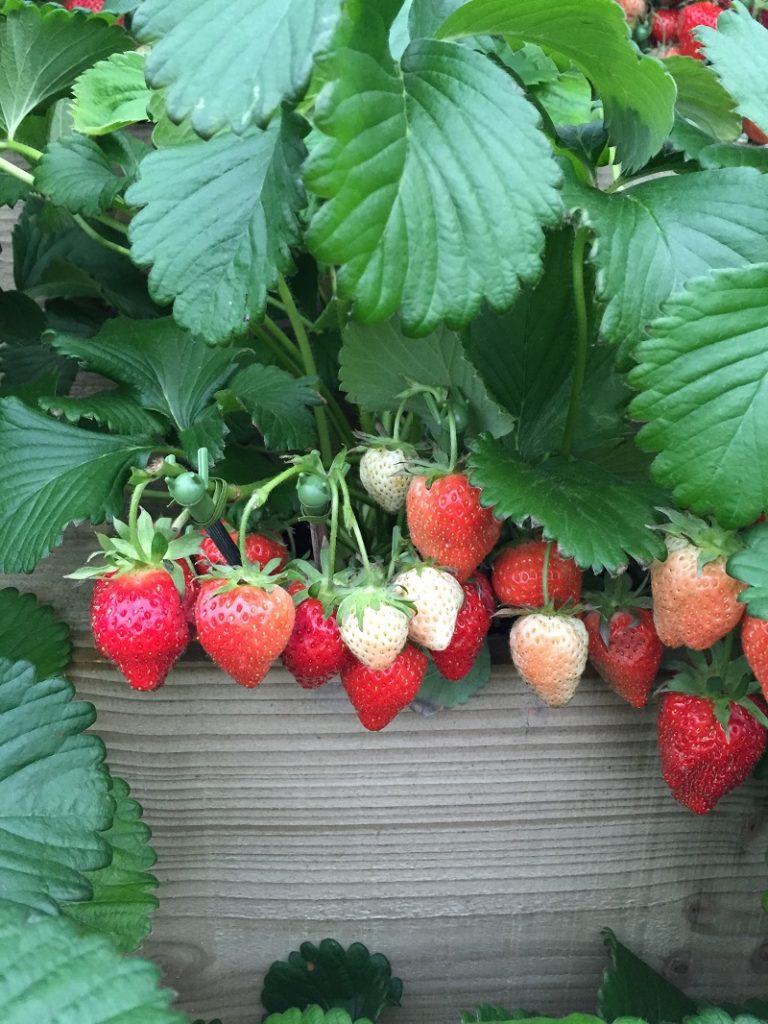
8. Use copper tape for slugs
Adhesive copper tape for slugs, that you put around pots with plants, is now widely available. It gives slugs a light electric shock and they retreat undamaged. It works very well at the most crucial time for plants: when they are young and particularly vulnerable.
In my experience the tape does not work through the entire season and some damage can occur later on. This is both because copper oxidizes and because plants grow big and their leaves may touch the ground creating bridges for slugs to climb in. If the first is an issue, copper tape can be changed. In any case, even if some damage occurs, it tends to be much smaller than without tape.
9. Use nematodes as biological control
Use nematodes following the makers’ instructions. This tends to be a relatively expensive solution. It is, however, very popular and some years shops run out of nematodes in spring, so it is best to order in advance.
Nematodes are microscopic parasitic worms that infect and kill slugs. Usually you need to dissolve the right amount of the substance containing nematodes in water, and water the area, ideally as much of the garden as possible, using a watering can.
The solution needs to be applied in warm weather after it has rained, because the application has to be done when slugs are active. This may sound complicated, but it is actually really easy to do.
If applied correctly, nematodes protect the garden very well for about five or six weeks. During this blissful time, you can simply forget about slugs. Such protection gives plants an opportunity to grow and become much less vulnerable.
After five or six weeks, nematodes can be applied again, so you may need two applications during the season. But even one application can make a big difference. Gardeners who have tried nematodes, tend to love this option. My own experience with it has been very positive.
10. Use mulches that deter slugs
Use mulches that are difficult for slugs to cross. This is not a fool-proof method, but is certainly works and can reduce the damage very considerably. Some commonly recommended mulches are:
- crushed egg shell
- sharp sand and gravel
- spruce and pine needles
- straw and hay
- wood bark and chips.
An added advantage here is that all mulches, apart from sand and gravel, double as an organic fertilizer. One should remember that egg shell is mostly calcium and makes the soil more alkaline, whereas spruce and pine needles, and tree bark make it more acidic.
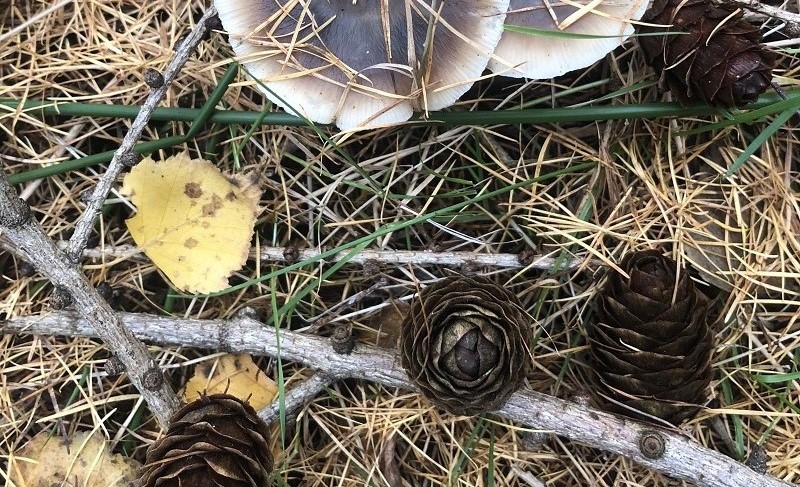
11. Use traps for slugs
You can also try using traps for slugs. These are bowls sunken below the surface of the soil. Their edges should protrude 0.5 cm above the soil to avoid trapping insects, such as ground beetles that eat slug eggs and baby slugs.
Bowls are usually filled with beer or fruit juice, and the liquid needs to be changed every four days. The slugs are attracted to beer and juice, fall into traps, and, not being aquatic creatures, drown.
12. Use plant-based sprays
Here is an interesting one. Add two teaspoons of instant coffee to a cup of water and spray the plants with the liquid. I have seen this recommended at gardening websites and gardeners report that this deters slugs.
Gardeners also suggest experimenting with sprays made by boiling bitter or stronly scented plants, such as garlic, rosemary, lavender and laurel.
13. Do hand collection
This requires some dedication, but can make a huge difference early in the season when young plants have just been planted out. It is less important later in the summer, so can be abandoned once the plants are stronger.
Go into the garden in the evening after dark with a strong torch and collect any slugs and snails you can find. Either kill them or take them somewhere into the wild. After a few days, the numbers will be considerably reduced and plants will survive the period when they are most vulnerable.
Image credits: featured image – slug by m.shattock; pea seedlings by kator29.
Posts related to ‘Organic garden: how to get rid of slugs without chemicals?’
Slugs in the garden: a list of plants they will not eat
starofnature.org/four-types-of-organic-plant-based-fertilizers/(opens in a new tab)
Organic Pest Control: Sanctuaries for Beneficial Insects
Organic Weed Control: Why and How?
Four Types of Organic Plant-based Fertilizers
Pin ‘Organic garden: how to get rid of slugs without chemicals?’ for later
